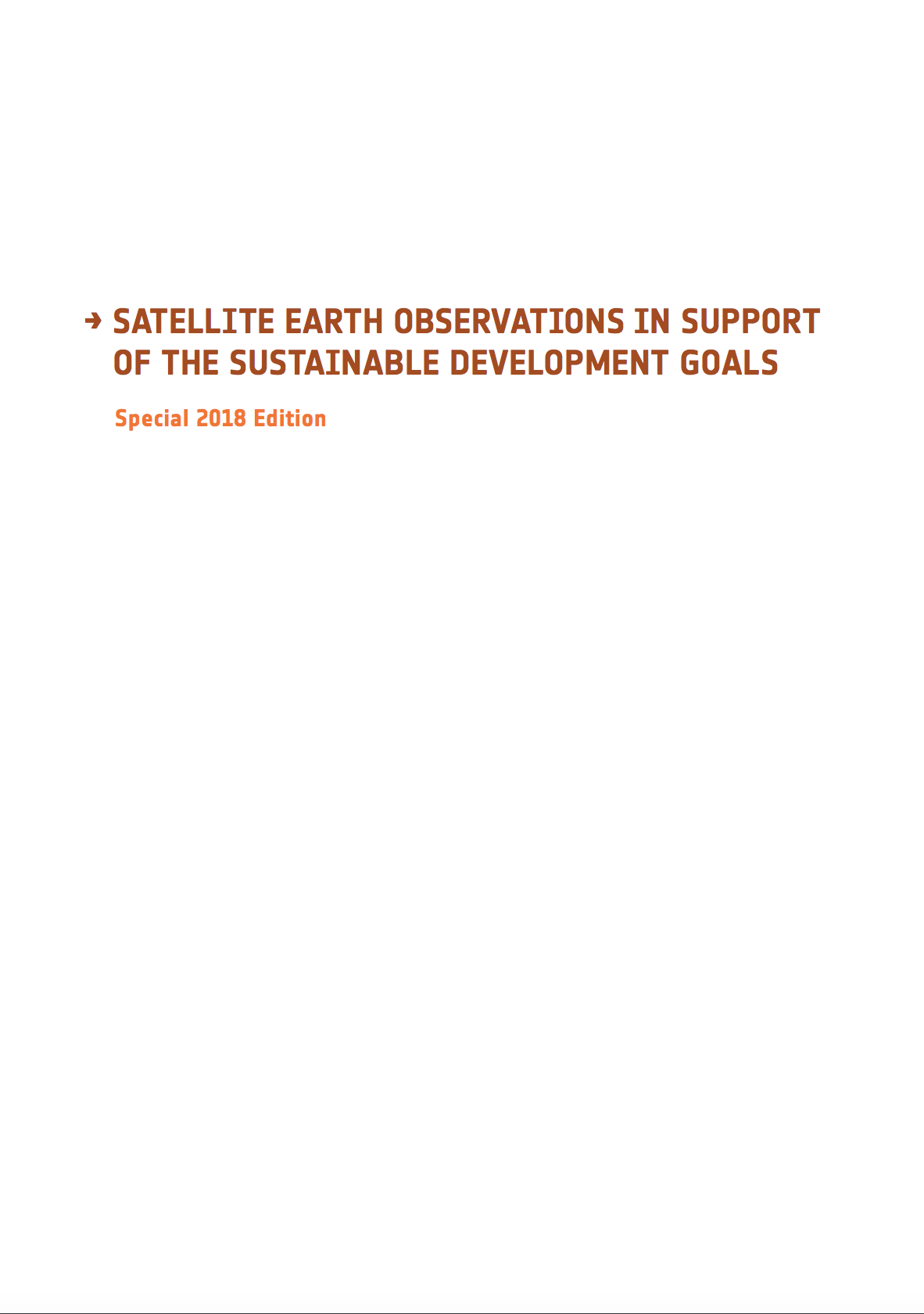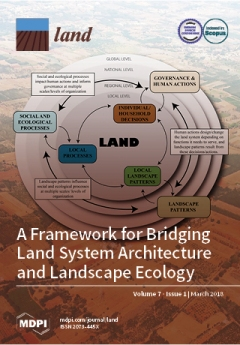sistema de informação geográfica
AGROVOC URI:
Water management for malaria control: IWMI's malaria research in Sri Lanka
Very high resolution interpolated climate surfaces for global land areas
We developed interpolated climate surfaces for global land areas (excluding Antarctica) at a spatial resolution of 30 arc s (often referred to as 1-km spatial resolution). The climate elements considered were monthly precipitation and mean, minimum, and maximum temperature. Input data were gathered from a variety of sources and, where possible, were restricted to records from the 1950 2000 period. We used the thin-plate smoothing spline algorithm implemented in the ANUSPLIN package for interpolation, using latitude, longitude, and elevation as independent variables.
Water productivity in agriculture: limits and opportunities for improvement
Water-related environmental factors and malaria transmission in Mahi Kadana, Gujarat, India
Analysis of the spatial and temporal relationship between malaria incidence and selected water-related environmental parameters . The analysis is based upon the use of secondary information. GIS was used to generate input into statistical analysis and to map out the parameters for a visual analysis. The paper discusses the quality of the data used and the possibilities for using GIS in healthrelated research.
Towards Open Source Kenya: Creating and Sharing a GIS Database of Nairobi
In order to make good decisions about the future direction of cities we need data to contextualize
and make recommendations that are based on past results and potential models for the future. Yet
access to information including GIS is challenging, particularly as data is often seen as a
commodity or source of power by those who control it, a dynamic more severe in contexts like
Kenya. By generating GIS data for our own transportation model and then sharing it with those
Evaluación ambiental del proceso de urbanización de las cuencas del piedemonte andino de Santiago de Chile
Las cuencas son complejos sistemas ambientales en que se desarrollan procesos geomorfológicos, hidrológicos, climáticos y ecológicos, que son impactados por la urbanización. En este trabajo se estudian seis cuencas del piedemonte andino de la ciudad de Santiago que se encuentran en diferentes fases del proceso de urbanización, variando entre Macul-San Ramón, en donde casi el 40% de su superficie ha sido incorporada a la ciudad, y Pirque, que mantiene aún sus características agrícolas y rurales.
Mainstreaming Natural Capital into Decisions: Integrated Valuation of Ecosystem Services
The purpose of the article is to review current paradigms in ecosystem services valuation, existing gaps and current trends in addressing those gaps. Natural capital, often defined as the stock of natural ecosystems that yields a flow of valuable ecosystem goods or services into the future, is often undervalued or not valued at all by governments, business and society, which leads to environmental degradation and loss of biodiversity.
Satellite Earth Observations in Support Of The Sustainable Development Goals
This Handbook aims to explain how satellite Earth Observation (EO) are an essential tool in the development of the information and evidence required by many of the SDG Targets and Indicators.It has been prepared for national agencies, UN bodies and other SDG stakeholders working towards a collective implementation of the 2030 Agenda and towards a cost-effective response of countries to the SDG monitoring and reporting challenges.
Improving Object-Based Land Use/Cover Classification from Medium Resolution Imagery by Markov Chain Geostatistical Post-Classification
Land use/land cover maps derived from remotely sensed imagery are often insufficient in quality for some quantitative application purposes due to a variety of reasons such as spectral confusion. Although object-based classification has some advantages over pixel-based classification in identifying relatively homogeneous land use/cover areas from medium resolution remotely sensed images, the classification accuracy is usually still relatively low.
Evaluación del cambio de uso de la tierra y fragmentación de la cobertura forestal en el Corredor Biológico Lago Arenal Tenorio, mediante técnicas de teledetección, Costa Rica
Determina el cambio en el uso de la tierra y la fragmentación de las zonas boscosas en el Corredor Biológico Lago Arenal Tenorio (CBLAT), en el periodo 2000 – 2017. Se utilizó imágenes del programa Landsat, a las cuales se les aplicó corrección radiométrica y atmosférica. Se realizó una clasificación supervisada utilizando el algoritmo de máxima probabilidad. Se establecieron siete clases temáticas: (1) Bosque Maduro, (2) Bosque Secundario, (3) Pasto y Charral, (4) Urbano, 5) Cuerpos de Agua, (6) Nubes y (7) Sombras.
Modelación económica con información espacialmente explicíta de la deforestación en Urabá, Colombia, 1980-2000
La deforestación tropical contribuye al cambio climático por ser la segunda fuente neta deemisión a la atmósfera de gases con efecto de invernadero. El objetivo del artículo fue laidentificación de la importancia relativa de los determinantes de la deforestación observadaen Urabá, 1980-2000. Para ello se usaron modelos conceptuales basados en teoría económicadel uso de la tierra rural, junto con modelos estadísticos discretos dicotómicos en los que seempleó información espacialmente explícita.






